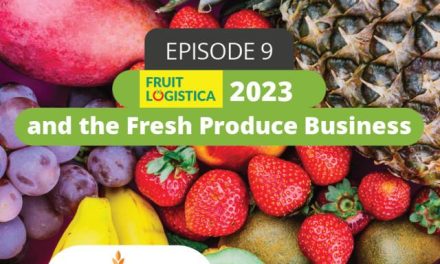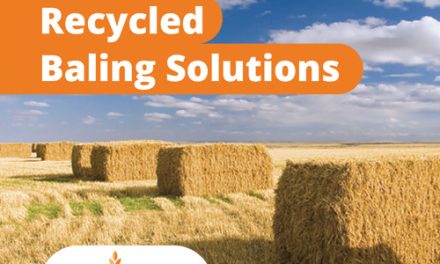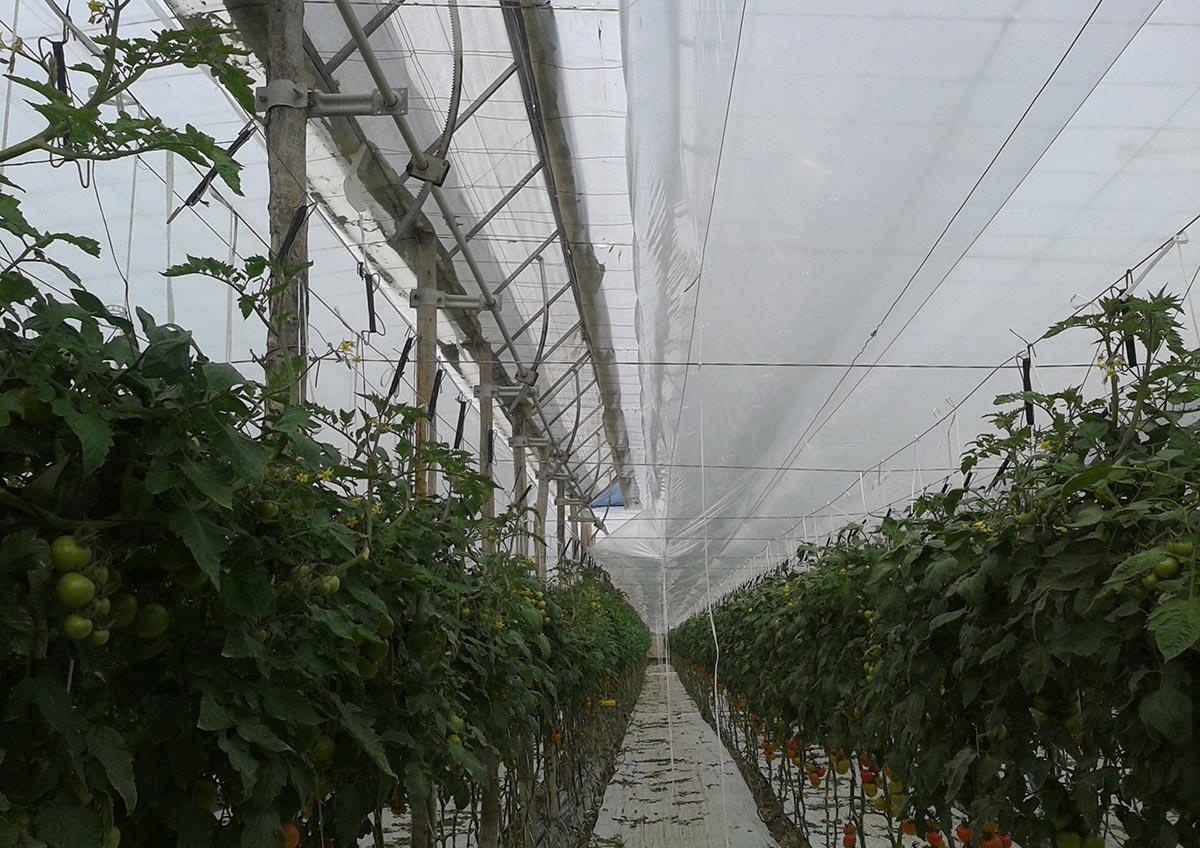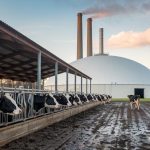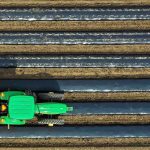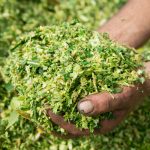
Cultivating under high tunnels in Canada


Using plastics to boost plant, fruit, and vegetable crops in Canada is becoming one of the favourite techniques of professional farmers. Thanks to the technical versatility of agricultural plastics and the numerous options of supply currently available on the market, their use has achieved a higher level of acceptance within the agricultural production environment. This, for example, is precisely the case of high tunnels that offer many benefits, not only for the economy of producers, but also to improve the quality of the harvest.
This technique, along with greenhouses, shade nets and small tunnels, is part of the practice of protected agriculture (also known as protected horticulture) and, it has been mainly promoted by the improvement of the so-called agriplastics materials, significantly contributing to the production of different foods. Its purpose is to avoid the climatic restrictions that the environment imposes on the development of certain crops. In recent years, this system has experienced high growth with increased receptivity in the market.
History of high tunnels and their benefits
The origin of high tunnels dates back to the year 1949 when they were created by Emery Myers Emmert, a horticulture professor at the University of Kentucky. It is a frame-shaped metal structure that is connected to long poles made of the same material, which are embedded into the ground. After installing the structure, the same is covered with plastic, usually polyethylene, specially designed to withstand the climatic changes of the zone and create a greenhouse environment.
There are many benefits of implementing high tunnels for crops and Canadian producers are aware of that. First, the confined space that is created allows to generate high temperatures that manage to extend the growing season of diverse crops, while it provides support when temperatures decrease, becoming extremely cold. It is important to keep in mind that when there is a lot of heat in the environment, these tunnels should be ventilated so that the plantation does not suffer, and the useful life of the plastic film is lengthened.
An important advantage of this production technique, compared to small tunnels, is that it keeps the temperature higher at night since the volume of air heated during the day is higher.
Another favourable aspect of high tunnels is the fact that they allow many Canadian farmers to have the opportunity to plant up to three and four times a year. This not only translates into an economic benefit, since continuous production without important interruptions allows to offer the product easily, thus, increasing profits, but also makes the soil remain active, being always prosperous and fertile to receive new seeds and sprouts.
It also helps to protect crops from external agents and environmental factors that may cause a decrease in production, such as: wind, rain, pests, and fungi, among others. Additionally, by implementing this technique that includes the drip irrigation system, a lot of water is saved, especially rainwater, while the use of pesticides decreases significantly.
Assembly and costs of high tunnels
Contrary to what many believe, these structures are very easy to assemble and remove, even to place them in another area depending on the project you have in mind. The best aspect about these high tunnels is that depending on the requirements of the crop, they can be customized, since there is no standardization of measures and depends largely of planting space available, type of crop, farmer’s experience, etc.
Besides, the costs are low compared to other agricultural alternatives since it does not require a large capital investment or the purchase of very sophisticated accessories to be able to put them into operation.
Many experts agree that to obtain a return on the investment made, it is essential for the producers who manage their crops through high tunnels to have a vast knowledge about the world of agriculture, having enough skills to handle these techniques in an optimal way to achieve excellent results.


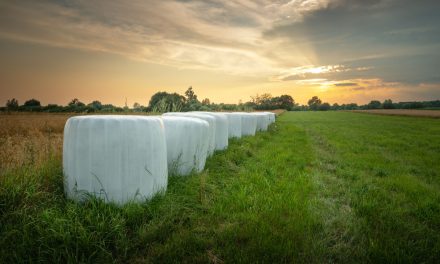
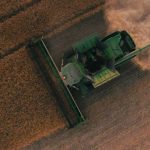

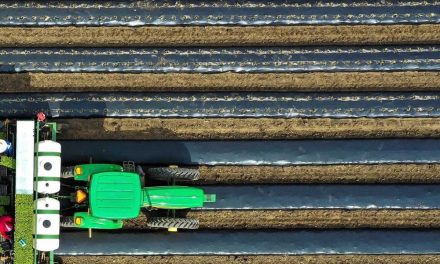



![[eBook Trends in Agriculture Plastics] Increasing use of biodegradable mulch](https://agriplasticscommunity.com/wp-content/uploads/550 × 310_2_ENG-440x264.png)
![[eBook Trends in Agriculture Plastics] Reducing the plastic used in the manufacture of agricultural films](https://agriplasticscommunity.com/wp-content/uploads/550 × 310_1_ENG-440x264.png)






